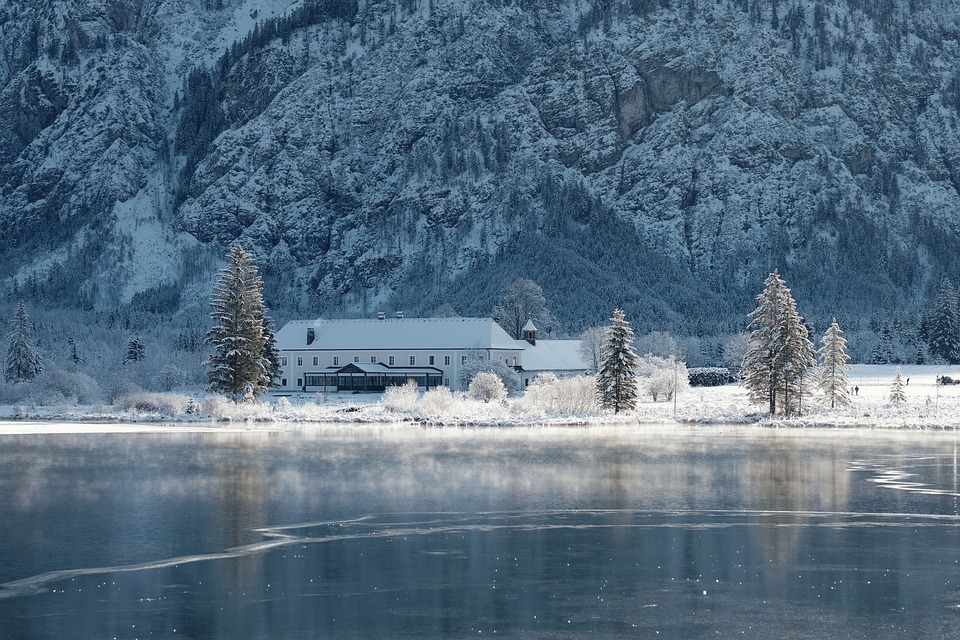Frozen in Time: Exploring the Properties of 0 K (-273.15°C)
In the depths of the universe, there exists a temperature so extreme, so unfathomable, that it’s almost as if time itself has come to a standstill. We’re talking about the coldest temperature in the universe: absolute zero, or 0 K (-273.15°C). In this article, we’ll delve into the fascinating world of cryogenics and explore the properties of this mind-boggling temperature.
What is Absolute Zero?
Absolute zero is the theoretical temperature at which all matter would have zero entropy, or disorder. It’s the lowest possible temperature that can be achieved, and it’s the point at which all matter would theoretically have no kinetic energy, no motion, and no heat.
The Challenges of Reaching Absolute Zero
Reaching absolute zero is no easy feat. In fact, it’s a feat that has yet to be achieved in the laboratory. The closest scientists have come is to temperatures around 450 picokelvin (-273.04°C), achieved in 1995 using a technique called laser cooling. However, the journey to reach absolute zero is fraught with challenges. As the temperature drops, the laws of thermodynamics dictate that the energy of the system must also decrease, making it increasingly difficult to maintain the cold temperature.
The Properties of 0 K (-273.15°C)
So, what happens when matter reaches absolute zero? Here are some mind-boggling properties of 0 K (-273.15°C):
- Zero Motion: At absolute zero, all particles come to a complete standstill, meaning there’s no motion, no vibration, and no oscillation.
- Zero Entropy: As mentioned earlier, absolute zero is the point at which all matter would have zero entropy, or disorder. This means that all matter would be in a state of perfect order and organization.
- Zero Heat: Absolute zero is the point at which all heat has been removed from a system. In other words, there’s no more heat energy available to be transferred or utilized.
- Superfluidity: At absolute zero, certain substances, like helium-4, can exhibit superfluidity, where they can flow without viscosity or resistance.
Image:
[Image description: An illustration of a particle in motion at room temperature (left) and at absolute zero (right). The particle at room temperature is depicted as moving rapidly, while the particle at absolute zero is frozen in place.]
FAQs
Q: Is absolute zero the same as -273.15°C?
A: Yes, absolute zero is defined as 0 K, which is equivalent to -273.15°C.
Q: Can absolute zero be achieved in a laboratory setting?
A: While scientists have come close to reaching absolute zero, it’s yet to be achieved in a laboratory setting. The closest attempt was made in 1995 using laser cooling.
Q: What happens to matter at absolute zero?
A: At absolute zero, matter comes to a complete standstill, with zero motion, zero entropy, and zero heat.
Q: Can superfluidity be achieved at temperatures higher than absolute zero?
A: No, superfluidity can only be achieved at absolute zero or very close to it. As the temperature increases, the properties of the superfluid begin to break down.
Q: What are the implications of achieving absolute zero?
A: Achieving absolute zero could have significant implications for fields such as materials science, quantum computing, and medicine. It could potentially lead to the creation of new materials with unique properties and the development of new technologies.
In conclusion, the concept of absolute zero is a fascinating and complex one that has captured the imagination of scientists and engineers for centuries. While achieving absolute zero may seem like a distant goal, the journey to get there has already led to numerous breakthroughs and innovations in the field of cryogenics. As we continue to push the boundaries of what’s possible, we may one day unlock the secrets of the universe’s coldest temperature.


